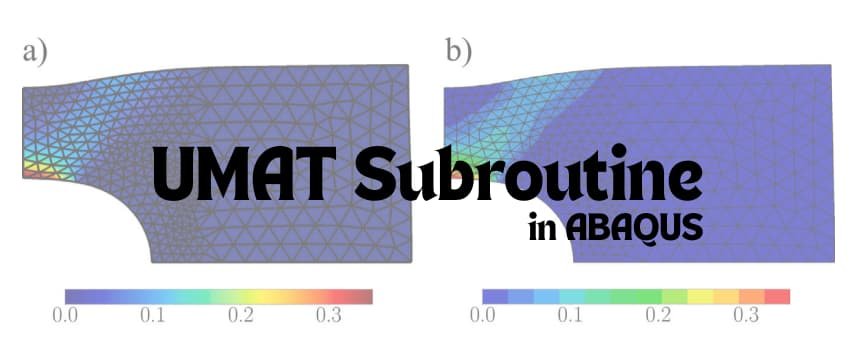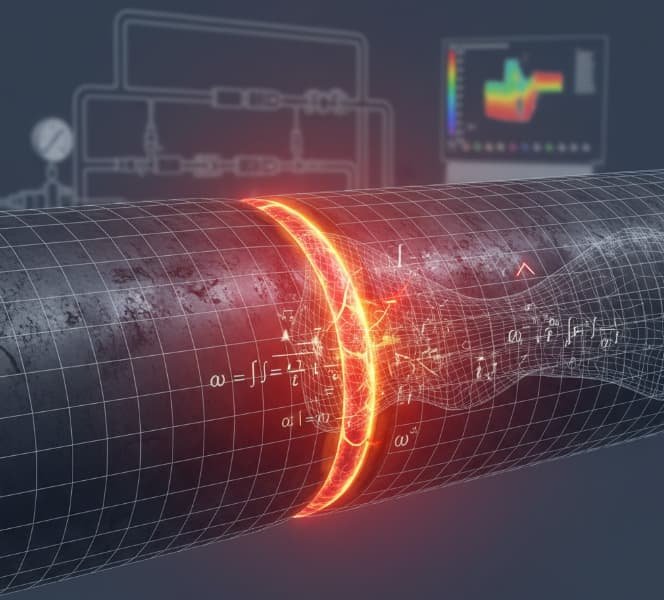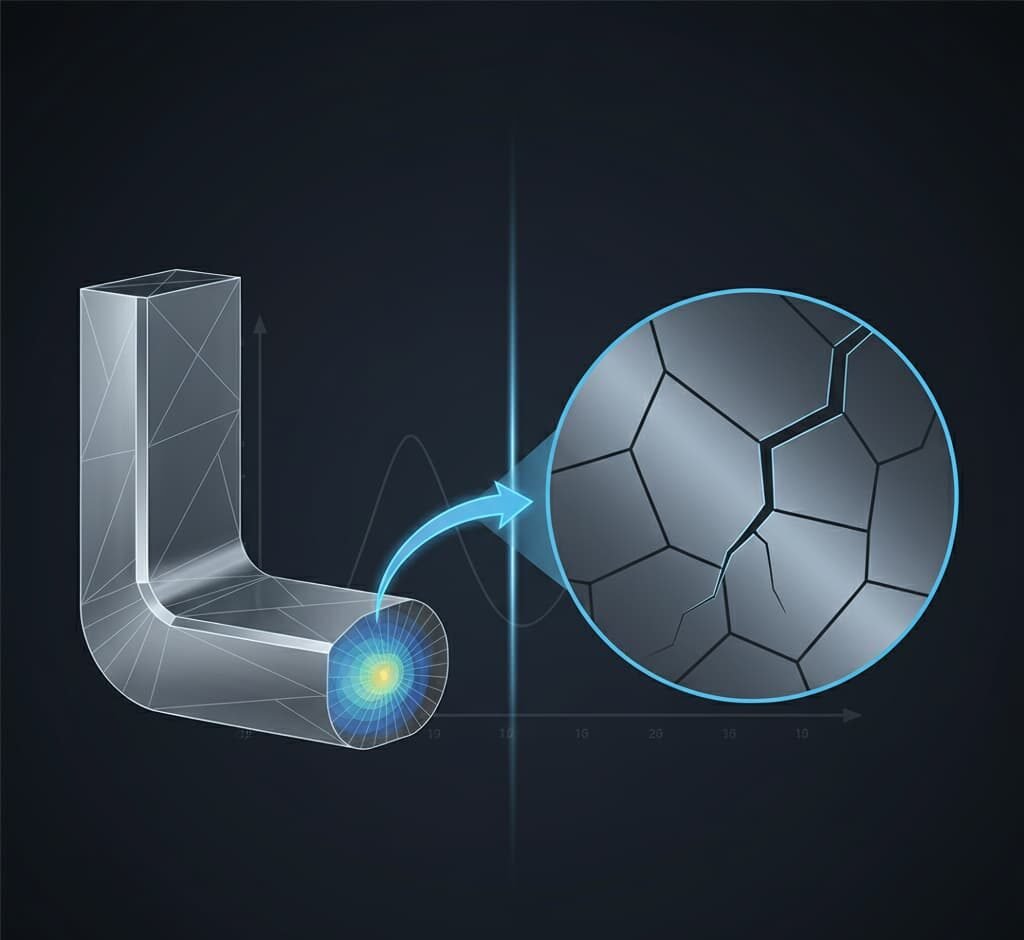Steel and Concrete Columns Simulation in Finite Element Analysis (FEA)

Columns are the backbone of many structures. they support roofs, floors, and beams, keeping buildings and bridges standing strong. In construction, steel and concrete are two primary materials for columns. Each has its advantages: steel is extremely strong and ductile (bends rather than breaks), while concrete is excellent in compression and can be reinforced with […]
Stress Strain Curve Explained | A Beginner’s Guide

The stress strain curve is a fundamental concept in engineering and material science that shows how a material deforms under load. It plots stress (internal force per unit area) against strain (relative deformation). By analyzing this curve, engineers can understand key properties like stiffness, strength, ductility, and toughness of a material. This knowledge is crucial […]
Introduction to UMAT Subroutine in Abaqus

In many engineering projects, the built-in material models in Abaqus are not enough for capturing complex material behavior. This is where user-defined material subroutines come into play. Abaqus allows advanced users to write their own material model through a User MATerial subroutine, commonly known as UMAT. In simple terms, a UMAT is a piece of […]
Engineering with Cracks: Fracture Mechanics for ASME Design and FFS Using Abaqus, Ansys & COMSOL

Introduction to Fracture Mechanics in FFS and ASME Design (with Abaqus, Ansys & COMSOL) Did you know a tiny crack in a large pressure vessel or pipeline can lead to sudden failure, even if the overall stress is well below the material’s yield strength? This scary scenario has real examples – like ships splitting in […]
Everything Engineers Need to Know About Fracture Mechanics and Simulation

Fracture Mechanics Explained: Concepts, Software Applications, and Simulation Insights By Saman Hosseini, Fracture Simulation Expert Hello! I’m Saman Hosseini, and I’ve spent years working on fracture mechanics simulation projects. In this post, I’ll walk you through the core concepts of fracture mechanics – like what stress intensity factors and Paris’ law mean – and share […]
Life Assessment and Creep Damage Analysis of Welded Components

Life Assessment and Continuum Damage Creep Analysis of Welded Components By: Saman Hosseini – Expert in creep welding simulation, fatigue, and FFS Level 3 assessments. Introduction Imagine a high-pressure steam pipe in a power plant, with countless welded joints, all enduring red-hot temperatures for decades. How do engineers predict whether those welds will survive or […]
Master Python Scripting in Abaqus: Automate Your CAE Workflows

If you’re still setting up every simulation by hand, you’re missing out on huge time savings. Modern CAE tools let Python scripts orchestrate the whole workflow – geometry, mesh, solver setup and post-processing – as one seamless pipeline. In fact, “CAE automation is the process of streamlining simulation workflows—geometry creation, meshing, solver setup, and post-processing […]
Digital Twin in Engineering Simulation: Transforming CAE & FEA

Introduction: Bridging Physical and Virtual Worlds in Engineering Imagine if every physical machine or product you design had a living virtual copy that evolves alongside it, predicting issues before they occur and optimizing performance in real-time. This is the promise of the Digital Twin. In the world of engineering simulation, digital twins are revolutionizing how […]
How to Become a CAE Engineer and Earn Money with FEA Projects

Introduction Computer-Aided Engineering (CAE) – especially Finite Element Analysis (FEA) – is at the heart of modern product development. From cars and aircraft to electronics and buildings, virtually every industry uses CAE simulations to test and optimize designs before anything is built. This widespread adoption makes CAE engineering an exciting and lucrative career path. In […]
Fatigue Life Prediction in FEA – A Comprehensive Guide (ANSYS, Abaqus, fe-safe & More)

Introduction Fatigue failure is one of the most common causes of unexpected breakdowns in engineering structures subjected to cyclic loading. Even when stresses are well below a material’s yield or ultimate strength, repeated load cycles can initiate small cracks that grow over time, eventually leading to catastrophic fracture. Predicting fatigue life (the number of cycles […]
